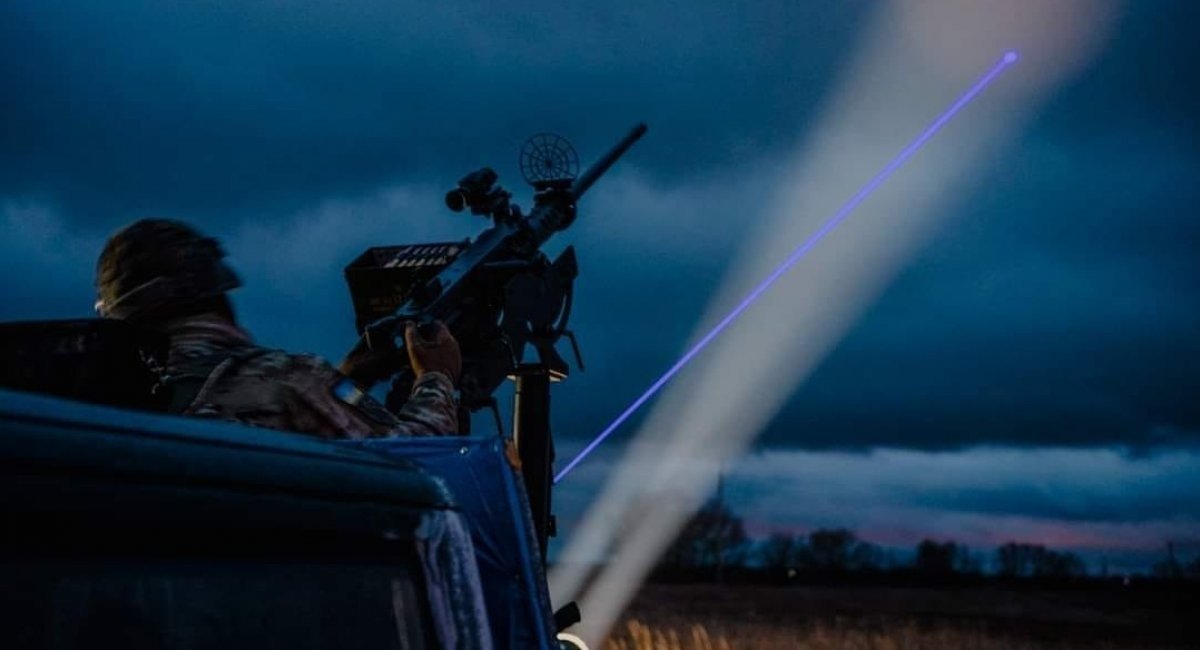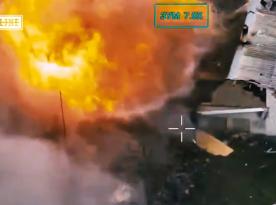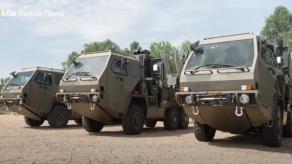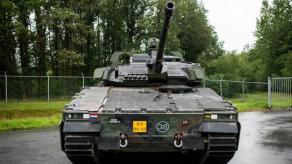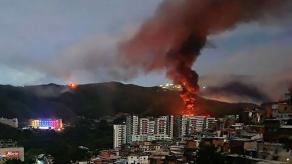russia's tactics of using long-range kamikaze drones such as the Shahed-136 are undergoing active changes. russian occupiers are trying to make these attacks more effective. If we look at recent enemy attacks, they are characterized by several innovations.
Its main feature is the use of a fairly large number of false targets in several waves. The number of decoy drones is especially high in the first wave, which includes a large number of Gerbera UAVs made of polymeric foam as well as similar cheap UAVs with Luneburg lenses. They fly at low altitudes and start circling in a certain area.
Read more: Su-57 With Kh-59 Missiles: All You Need to Know of russia's War Capacity in One Photo
Due to their low altitude, they are difficult to track by radars. They appear and disappear on radar screens. This results in mobile fire groups being deployed to the area.
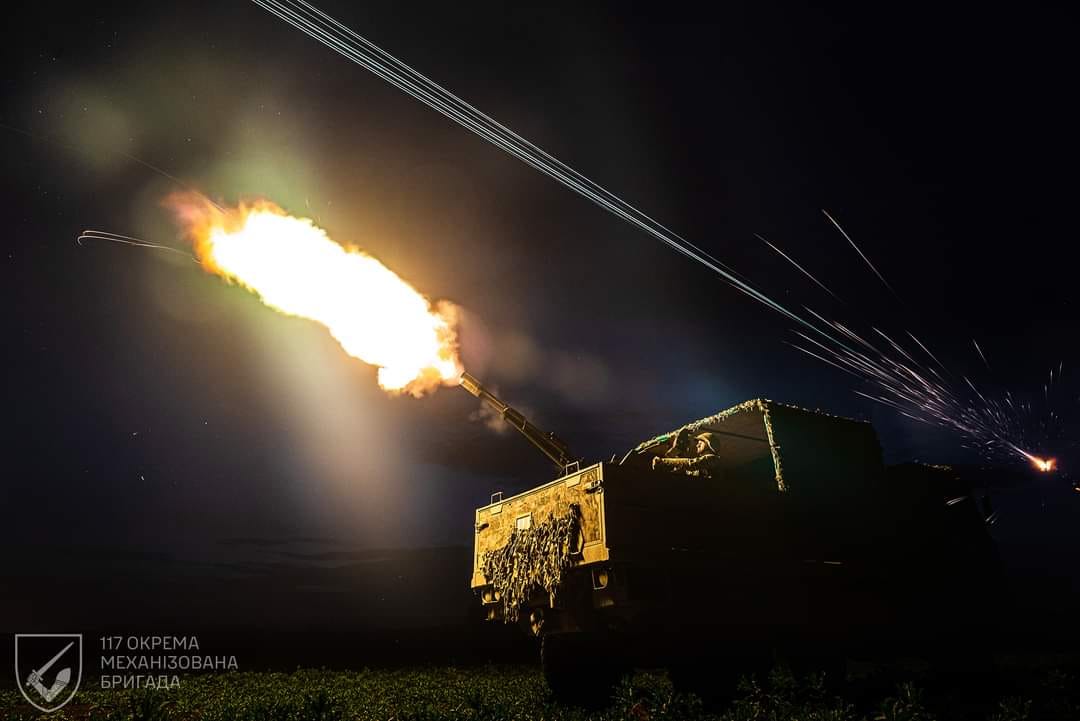
During the second wave, the proportions of false targets to real targets are more equal, while the third wave contains a minimum of decoys and almost entirely consists of drones with warheads. All this is done in order to confuse the Ukrainian air defense as much as possible, stretch the available means and thereby create gaps in the Ukrainian air defense system.
This is exactly the current russian tactic that is mentioned by one of the Ukrainian Telegram channels. As Defense Express, we note that the distribution of real Shahed-136 drones and decoy targets in the waves can be variable. It should also be recalled that when the russian federation first started using Iranian drones, it was believed that the Shahed ones were means of distraction from real threats.
Moreover, with a flight range of 2,000 kilometers, the Shahed-136 is capable of staying in the air for more than 8.5 hours. Some videos clearly show that russians are launching these drones at minimum altitudes.
At the same time, given the reports of the Ukrainian Air Force Command, this tactic is not a surprise. For instance, the attack on the night of October 22 consisted of 60 Shahed and unidentified drones. Of those, 42 were shot down, another 10 were lost, three returned to russia, one flew to Belarus, and one was still flying in Ukrainian airspace as of 9 a.m. That is, out of 60 drones, 57 did not cause any damage.
Earlier Defense Express reported that Ukrainian soldiers had faced a new challenge from Makeshift drones that approach their targets silently.
Read more: Kh-BPLA Missiles Found on the Downed russian Orion UCAV




